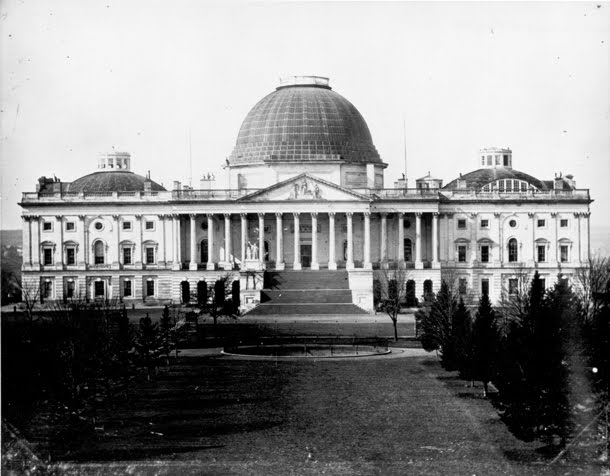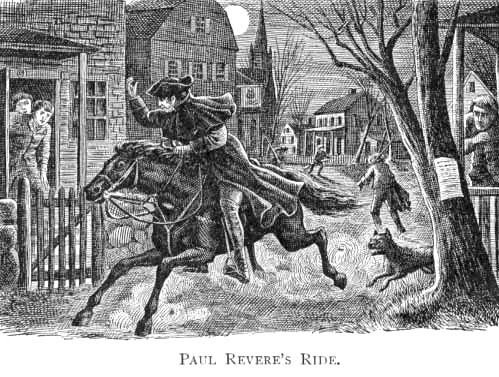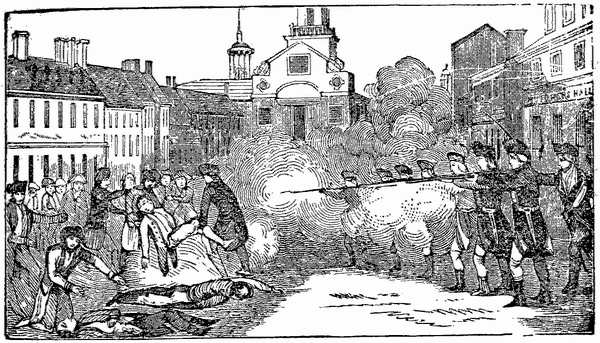From The Heritage Foundation:
Morning Bell: A Troubling Trend in the Courts
Should judges act based upon reasoned legal arguments, or based upon their personal feelings and media coverage? A controversial recent “statement” made by Justices Ginsburg and Breyer in a case that was the legal equivalent of a slam dunk raises serious questions about what really guides some judges.
In the case, American Tradition Partnership v. Bullock, the Court was asked to address a Montana Supreme Court opinion upholding a Montana ban on independent expenditures by corporations. This should be an easy case—after all, the Court ruled in Citizens United v. Federal Election Commission that bans on independent political expenditures by corporations and unions violate the First Amendment.
But Justices Ginsburg and Breyer, who dissented from Citizens United, want another crack at Citizens United. They issued a separate “statement” advocating that the Court take the “opportunity to consider whether, in light of the huge sums currently deployed to buy candidates’ allegiance, Citizens United should continue to hold sway.”
As Heritage legal expert Hans von Spakovsky wrote:
What evidence is there before Justices Ginsburg/Breyer that the allegiance of candidates is being bought? The misinformed editorial pages of The New York Times? The propaganda spewed out about Citizens United by MSNBC?
von Spakovsky concludes regrettably that Ginsburg and Breyer are “making decisions based on their personal ideologies and political opinions” instead of relying on “actual evidence submitted in the cases before them.”
Personal preferences and subjective editorials clearly shouldn’t form the basis for judicial decisions. But what should guide their decisions, and how much power should the Supreme Court exercise? The Founders asserted that the judiciary would be the weakest branch of the federal government. As of late, however, the courts are looking pretty strong, particularly compared to a Congress that refuses to take their duty to interpret the Constitution seriously.
In the latest “Understanding America: What is the Proper Role of the Courts?,” Heritage Senior Legal Fellow Robert Alt gives an example of how a “weaker” Congress leads to a “stronger” judiciary involving the very law at issue in Citizens United:
When Congress was considering the Bipartisan Campaign Reform Act—popularly known as McCain-Feingold—which imposed numerous restrictions on election-related speech, its Members delivered speeches acknowledging that provisions of the Act were likely unconstitutional. That should have ended the debate.But some Members surprisingly went on to state that questions of constitutionality were for the Supreme Court, not Congress, to decide, and that Congress should pass the legislation because it was too important not to enact. This was a flagrant abdication of Congress’s role in determining the constitutionality of legislation.
In short, Members of Congress failed in their duty to uphold the Constitution and tossed that responsibility to the Supreme Court — a poor way to run a constitutional government. The Court’s power here is only a snapshot of increasingly customary and destructive tendencies toward judicial activism.
The effects of liberal judicial activism are regrettably widespread. Alt writes:
The federal courts have awarded the federal government power to regulate matters well beyond its constitutional authority. The courts themselves have taken over school systems and prisons for decades at a time, created new rights found nowhere in the Constitution, whittled away at constitutional rights (like property rights) that they apparently dislike, and asserted that they have the authority to decide questions concerning how to conduct the War on Terror that are constitutionally reserved to Congress and the President.
Americans should be concerned about the increasingly powerful judicial branch. With politicized appointments and repeated judicial failures to adhere to the Constitution as it is written, the public must demand action from the political branches. Specifically, Americans must insist that the President and Congress do their duty by passing and signing only laws which are consistent with the Constitution’s original public meaning — and that they appoint and confirm only judges who check their personal agendas at the door.
Quick Hits:
- Pakistan made its first public appeal Friday for the Taliban to participate in peace talks with the Afghan government.
- Despite a decline in unemployment numbers, President Obama’s approval ratings aren’t getting much higher.
- Obama’s corporate tax reform plan is failing to gain support even from those who would benefit most.
- After filing for bankruptcy and wasting over $500 million in taxpayer money, “clean” energy companySolyndra fails to clean up their own toxic mess.
- VIDEO: President Obama and Secretary Chu want higher energy prices. In their own words. HERE.
Posted in Rule of Law, The Morning Bell
.gif)






























